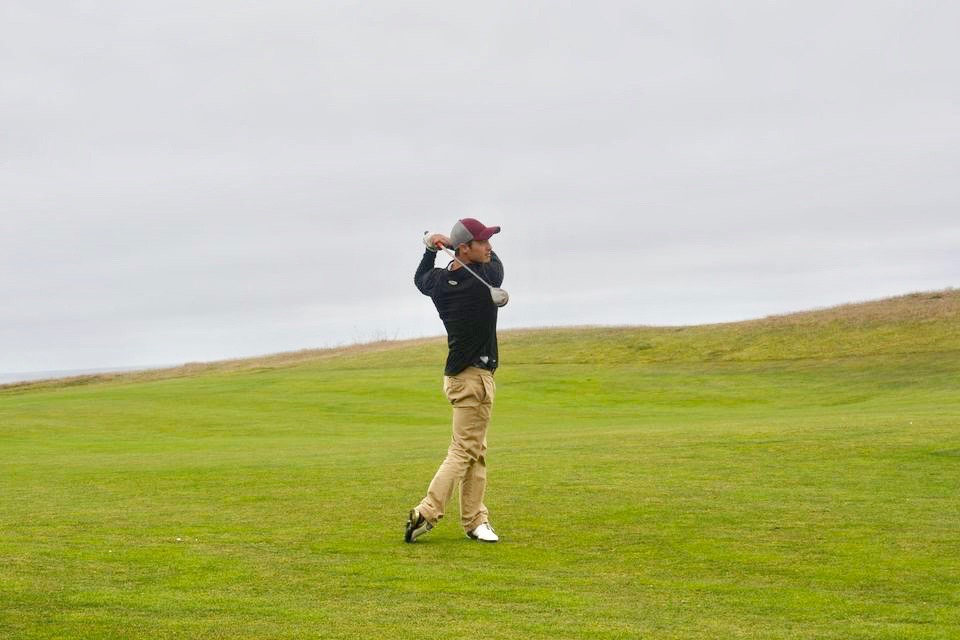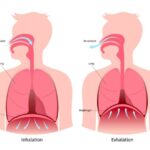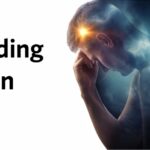The Correlation Between Moving Better and Going Low
If you’ve been following professional golf recently, you may have seen the up-and-coming generation of players bombing 350+ yard drives. You also may have observed that tour players look more athletic and chiseled now than in previous generations of golfers.
This begs the question: How much of a role does physical fitness play in golf?
One main argument I hear against golfers being athletes takes different forms of the following: “Overweight, unathletic, elderly, etc. people can be good at golf, while riding in a golf cart, and drinking beer, so how can this be a physically challenging (or athletic) activity”?
It is likely that someone who would ask this question has not played much golf. However, I will offer an answer anyway. Many people of all physical builds, athletic abilities, and goals, play golf. But those that play golf well, tend to possess superior physical conditioning (optimal strength and mobility).
This is where the Titleist Performance Institute (TPI) comes in. TPI consists of a series of movement screens, swing analysis techniques, and corrective exercises that allow golfers to identify physical causes in their own bodies for swing flaws which lead to poor shots and scores.
Read on to learn how we at IPA Physio use the TPI model in conjunction with Functional Manual Therapy™ to help golfers.
How We Use Movement Screens to Help Optimize the Golf Swing
We use movement screens rather than isolated musculoskeletal exams. Compared to isolated strength and range of motion testing, these screens are better able to identify faulty mechanics and areas of the body that are weak or less mobile.
If a key muscle group is dysfunctional (lacks initiation, strength, endurance, or mobility), then the golfer will perform a compensation during their swing in order to make contact with the ball. For example, if the hip extensor muscles (glutes and hamstrings) are not firing appropriately, the body may find another way to generate force during the downswing. This will likely involve extension of the low back.
Our goal in optimizing our clients’ mobility and strength is to not only improve our clients’ golf games, but to train them to use their bodies optimally in all facets of life. If you don’t fire your glutes efficiently during the golf swing, how do expect they will react when you are moving a heavy piece of furniture? Probably not well, which can lead to chronic pain and injury.
A common compensatory relationship that we see clinically is the connection between limited thoracic and/or hip mobility and abnormal motion of the lumbar spine. This often leads to lower back pain in golfers, a condition that can often be reversed through treatment.
How Compensations Start
The question you should be asking is: How did my body start compensating in the first place?
The answer likely involves a combination of variables concisely summarized by TPI as: “The Four T’s.” Each of these variables can profoundly affect the health of your body and lead to abnormal patterns over time.
The Four T’s are:
- Traumas: Accidents are a common means of compensatory patterns in the body. However, even more common are repetitive maladaptive postures that you may occupy throughout the day.
- Thoughts: Stress and anxiety can often be overlooked factors. They can immensely affect physical health of most if not all bodily tissues and functions.
- Toxins – There may be chemical pollutants in your environment that you are not aware of. Unhealthy food, poorly filtered water, and unclean air also play an important role in how your body functions.
- Techniques – You may be prone to developing poor movement patterns over time, especially without coaching or awareness training. These may include lifting mechanics, reaching, bending, walking, getting into/out of bed, etc.
Though one or two of these variables may be more relevant for you, it is important to not overlook any of them when optimization is the end goal. Improving your technique can greatly increase your golf performance.
Some Common Dysfunctional Patterns We See in Golfers
C-Posture

Neutral Address Position 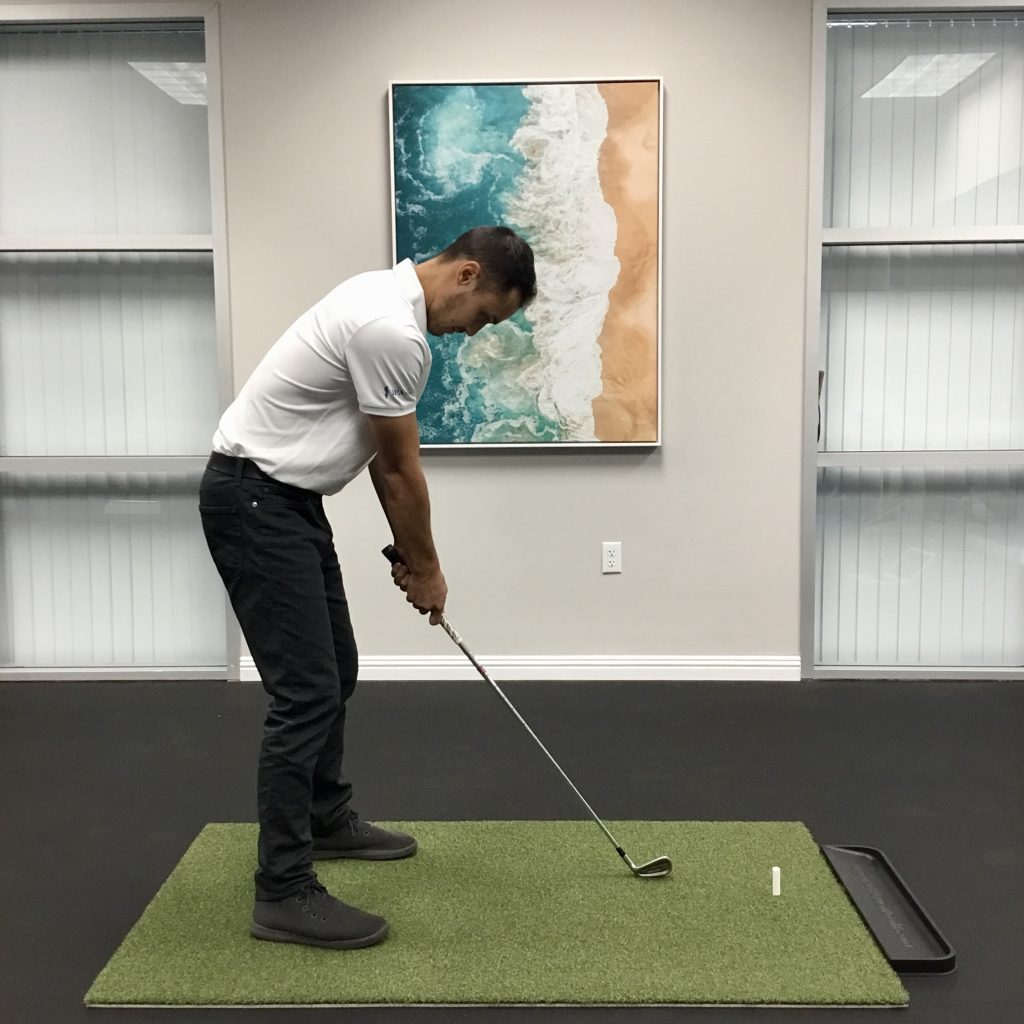
C-Posture
This is commonly seen as the golfer addresses the ball, and is characterized by a rounded upper back. The mechanical dysfunction we find clinically in these players is a significant lack of thoracic spine extension (likely due to the presence of one or more of the 4 T’s), but we also commonly see an inability to properly hip hinge during address. C-posture contributes to a significant loss of spinal rotation, thus limiting the ability to turn freely in the golf swing.
Loss of Posture (Specifically Early Extension During the Downswing):
We define any alteration in the body’s original set-up angles at address is “loss of posture”. This swing fault can negatively affect timing, balance, and rhythm during the golf swing. If body angles change significantly during the swing, the player will have to compensate by manipulating the clubhead with the wrist and hands.
If you want the most reproducible swing possible, you want to rely primarily on rotation of the shoulders, torso, and hips rather than the wrist and hands. Swings built around wrist and hand action are timing-based and lack consistency.
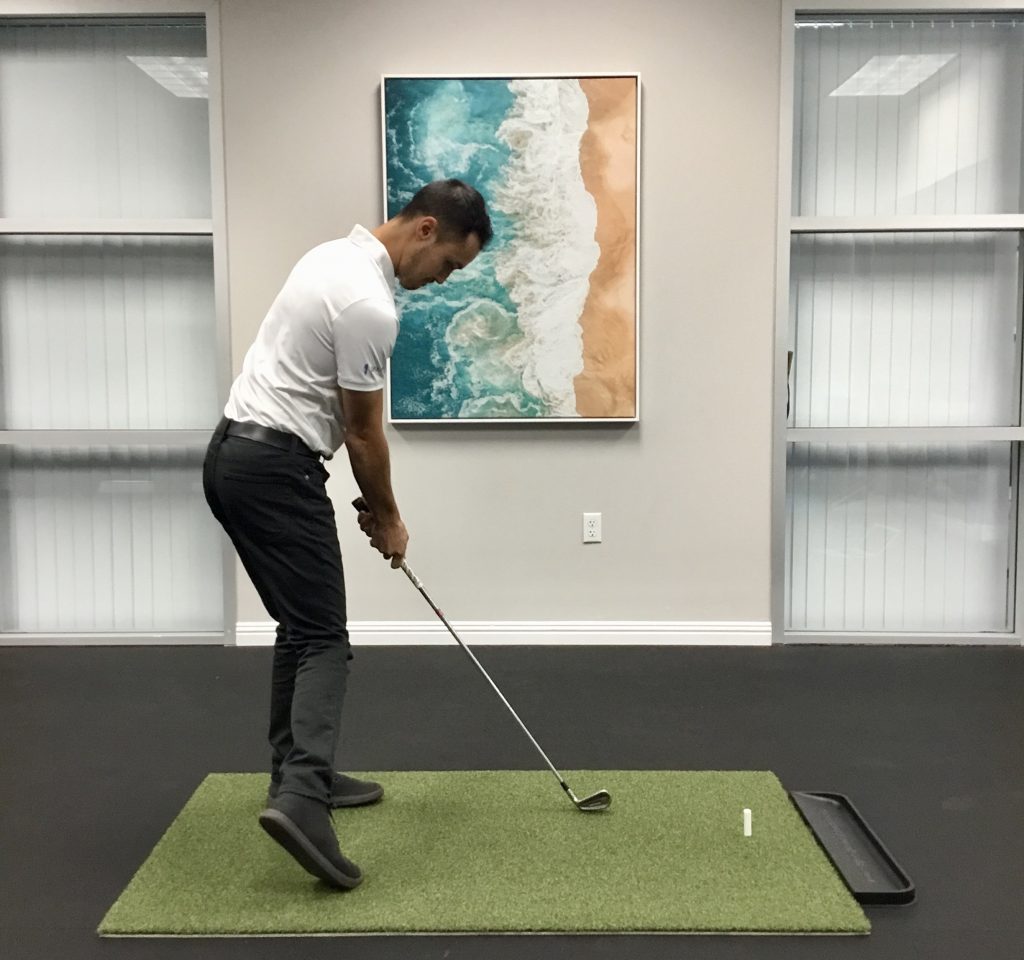
Neutral Contact Position 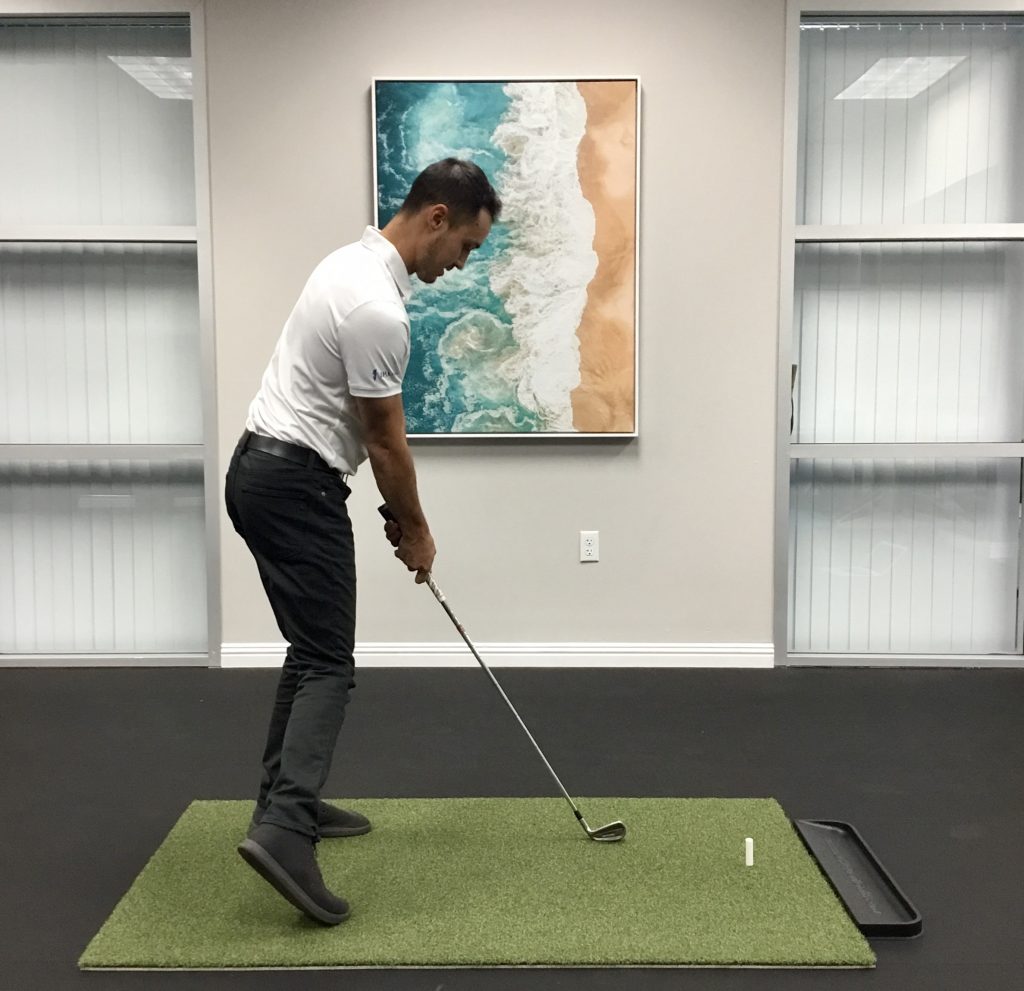
Early Extension
“Early extension” occurs when the hips and spine of the golfer move into extension prematurely during the downswing (see photo). Physically, this can be caused by an internal rotation limitation in the lead hip, the inability to dissociate pelvic movement from torso, and/or a lack of abdominal/gluteal strength or initiation. It is important to assess for and treat out these dysfunctions in order to improve a golfer’s ability to maintain posture during the swing, thus maximizing ball-striking precision, accuracy, and power.
Sway:
When a player has excessive lateral movement away from the target during the backswing, this is categorized as “sway”.
The existence of this swing fault makes it difficult to properly weight shift during the transition into the downswing. This leads to significantly reduced power.
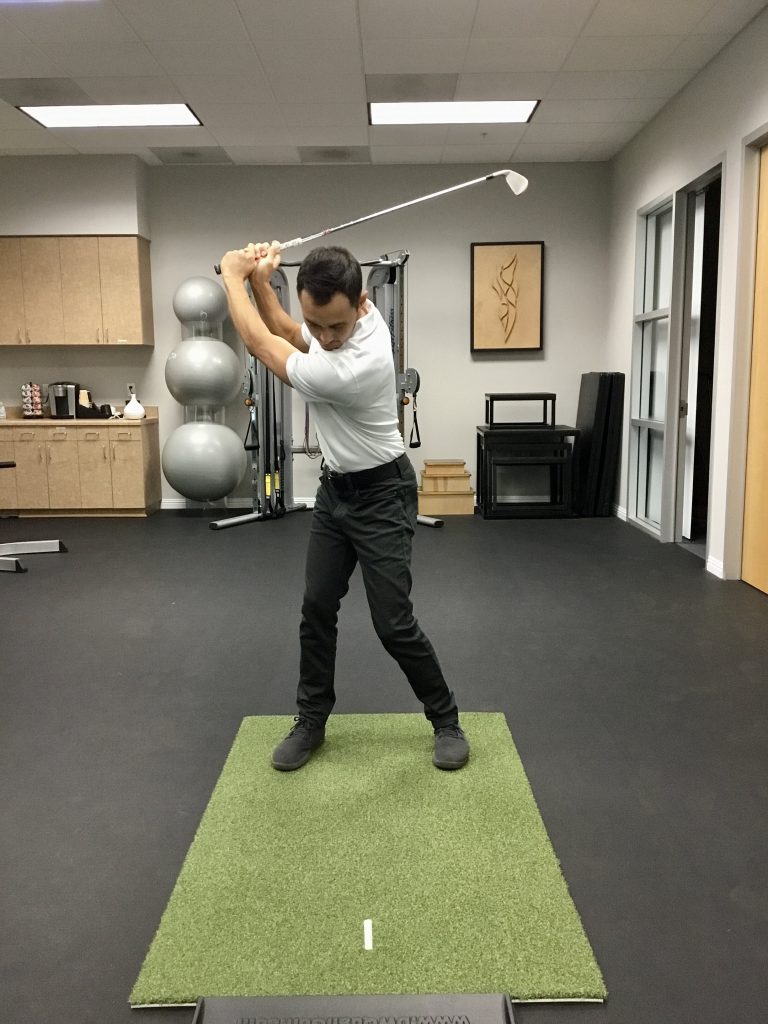
Neutral Top of Backswing 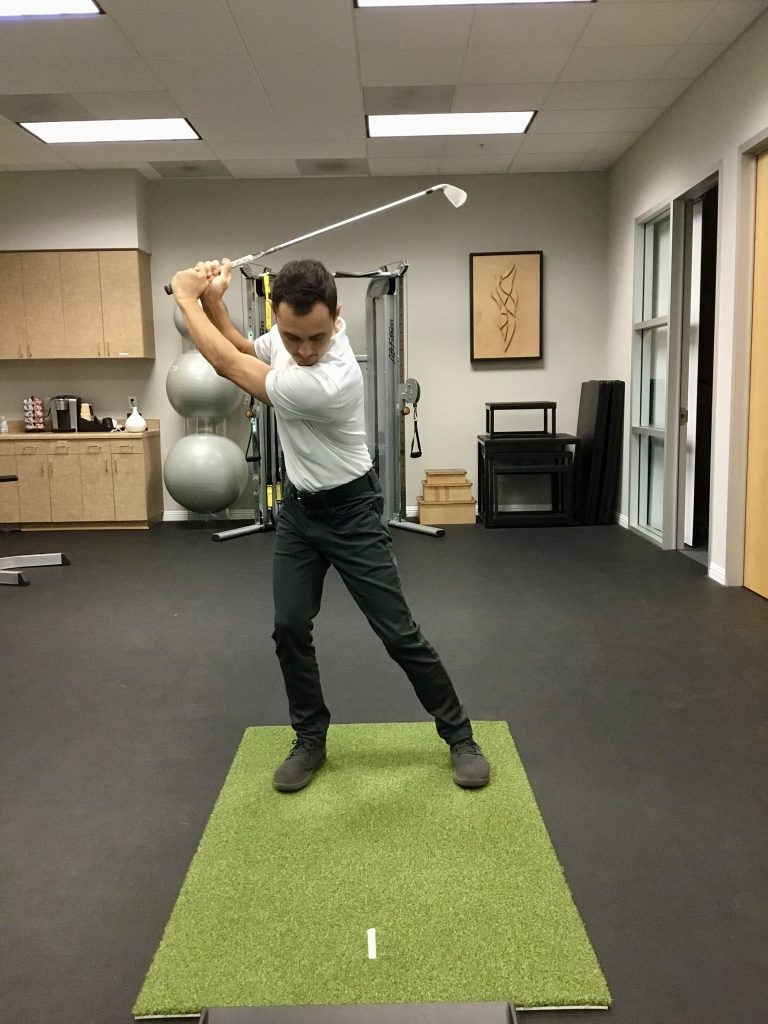
Lateral Sway
Clinically, we often see a lack of trail hip internal rotation leading to the compensatory lateral sway during the backswing. For a right-handed golfer, this would be a restriction in the right hip. This may be due to joint or muscular restrictions.
There may also be a weakness in the lateral hip muscles which controls lower body lateral stability. Also (like in the ‘loss of posture’ swing pattern), the golfer may lack the motor control necessary to dissociate pelvic motion from the torso.
Each of these physical restrictions and motor control issues can be improved through consistent treatment and a focused retraining effort.
Four Steps to Optimizing your Golf Game
- Be consistent with your golf practice and playing routine.
- Find a swing coach that can help you improve your swing biomechanics.
- Let us help you identify and treat areas of past injury, trauma, or repetitive strain. This will serve to enhance your swing and optimize overall posture and body mechanics, preventing injury.
- Identify thoughts (mental game, stress) and toxins (nutrition, poor health habits, etc.) that may be holding you back.
This should give you a start in improving your game. Please reach out if you have any additional questions, and I would be happy to help address specific concerns. Hit em’ straight!
For more information, check out:
The Titleist Performance Institute Certification Program and Teaching Center

